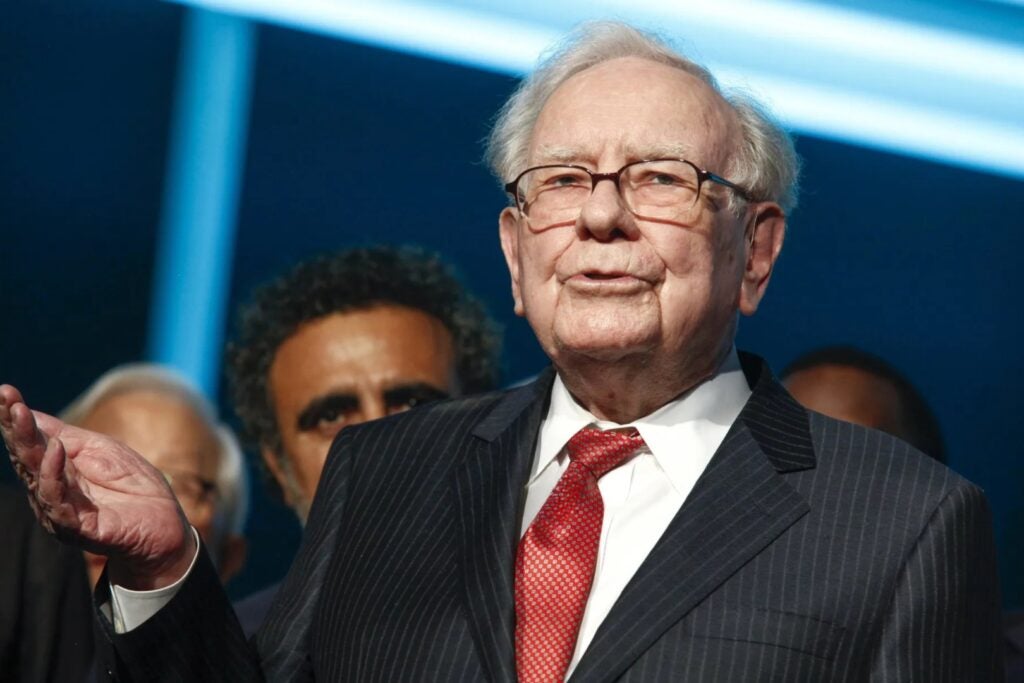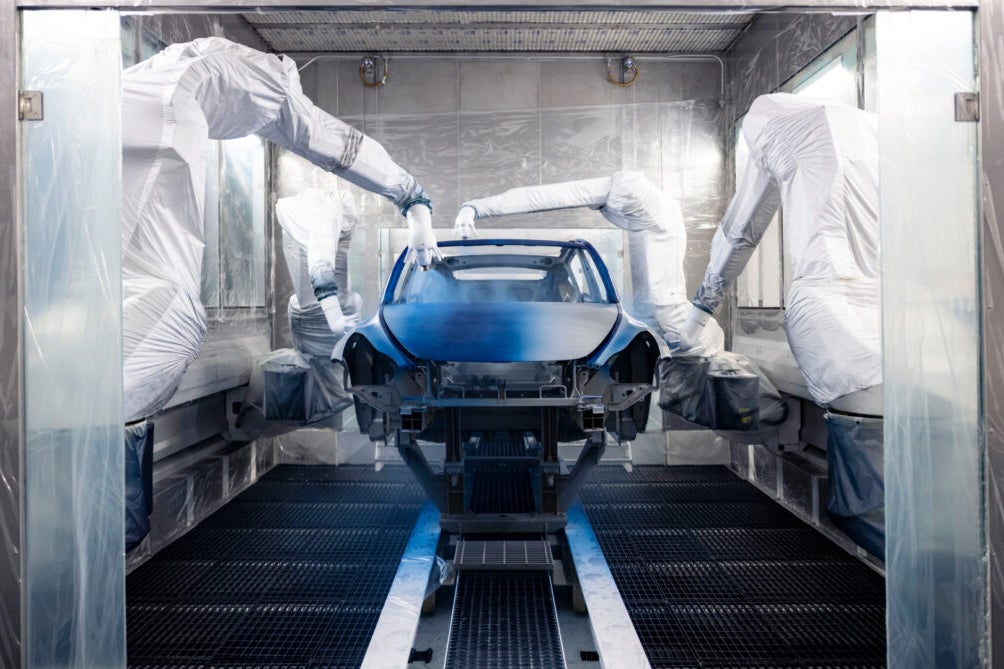Digital River’s Vice President of Product – Payments, Fraud, and Financial Services, Eric Christensen.
getty
While credit and debit cards eliminated the need to carry cash in most circumstances years ago, recent events have created a new rulebook for consumer preferences when it comes to purchasing online and in person. Contactless cards and digital wallets rocketed into the forefront of the payments world as merchants and retailers of all sizes scrambled to adapt operations for the new normal.
Is there a future for a cashless society? There are contactless card readers on the street, PayPal accepts bitcoin as a means of payment, and Girl Scout troops take Venmo. (Full disclosure: Our company has commercial agreements with PayPal and Mastercard as a payments provider.) People’s payment habits have altered as a result of the advent of digital wallets, and the rapid pace of globalization is accelerating the acceptance of these cashless transactions.
The Next Technology Wave
Even as recently as 2015, shops and consumers in the United States were slow to accept chip-based payment cards, despite the fact that this payment mechanism was already commonplace in other areas of the world. Because of the related expenditures, several merchants were hesitant to implement the function, particularly small-business owners, who had to invest an average of $2,000 for installation and other costs.
Other merchants were hesitant to go on board since they weren’t certain that chip cards would be there for a long time. Many people were concerned about investing in infrastructure that would be forgotten when the next trend came around. The pandemic, on the other hand, has propelled contactless payment acceptance beyond what can be termed a short-term trend. As the chief payments officer of a worldwide e-commerce partner, I expect merchants who were first skeptical about digital wallets to recognize that the trend is here to stay, along with consumers’ increasing desire to adopt even more cutting-edge payment technology.
ADDITIONAL INFORMATION FOR YOU
In other areas, there is already a demand for additional cashless solutions, such as contactless cards and the increase of person-to-person (P2P) transactions through apps like Venmo and Zelle. In a global study on consumer behavior toward contactless payments, Mastercard found that 79 percent of those polled said they used this payment method in some way. P2P payments appeal to both businesses and consumers because they are simple to integrate into current point-of-sale (POS) systems and are already popular among younger generations.
Cashless payments could be a viable option in situations like the Tokyo Summer Olympics, where there is a large influx of customers and limited physical resources. This year’s tournament will be substantially different from past Olympic games if it is not hampered by Covid-19 worries. Thousands of athletes, coaches, media, and local fans are expected to come, and merchants are still organizing to cater to them. Contactless technology could be used by these retailers to allow faster transactions and sales, reducing the risk of long queues. Some business concepts, such as music halls and sports arenas, are already incorporating new forms of technology to speed up key operations without compromising security.
CLEAR is an example of a corporation that uses biometric data instead of standard ID cards to shorten up lineups at sporting events and airports. As more businesses adopt these alternative kinds of technology and make them more prevalent, I expect consumer adoption and product development of digital techniques that support a cashless society, such as biometric payment authentication, wearables, and contactless readers, to accelerate.
What Does This Mean For Merchants And Sellers?
While there is no need for retailers to rush to embrace these technologies right now, they should keep an eye on these trends and changes in customer preferences. The usage of digital wallets is increasing at varying rates around the world, but the Covid-19 outbreak has prompted more cautious shoppers to abandon traditional cash. While the pandemic has made contactless cards and peer-to-peer transactions more common, other kinds of digital payments, such as bitcoin, continue to pose hurdles for consumers and businesses due to distinct regulatory challenges and significant tax complications.
Merchants can connect with a range of e-commerce partners to alleviate the load of technology selection and implementation for the new payments they do want to use. These partners already have the necessary technologies and connections in place, making it simple to integrate new payment methods and capabilities into existing systems.
Public Opinion Opposition
Cashless establishments have come under fire in recent years, with some cities, such as New York, outright prohibiting them. Restricting payment to cashless choices alone may unintentionally discriminate against buyers who do not have debit or credit cards, a group that has long been marginalized. The number of unbanked people in the United States is staggering: according to a 2019 survey by the Federal Deposit Insurance Corporation (FDIC), about 7.1 million families in the United States meet this description.
Security issues, in addition to consumer conservatism and upcoming legislation, are another roadblock to broad adoption. Consumers are reticent to trust technologies they don’t understand, and with recent data breaches in the news, some consumers will stay wary of who has access to their financial information.
In actuality, the United States is a long way from being a cashless society, and there’s no way of knowing when it will. In the foreseeable future, tighter laws protecting consumers and financial institutions will undoubtedly affect cashless payment acceptance rates in some markets, even as others embrace the move.
Forbes Finance Council is an invitation-only group of successful accounting, financial planning, and wealth management executives. Do I meet the requirements?/n

/https://specials-images.forbesimg.com/imageserve/5feb595a2c54755172abb14a/0x0.jpg)



